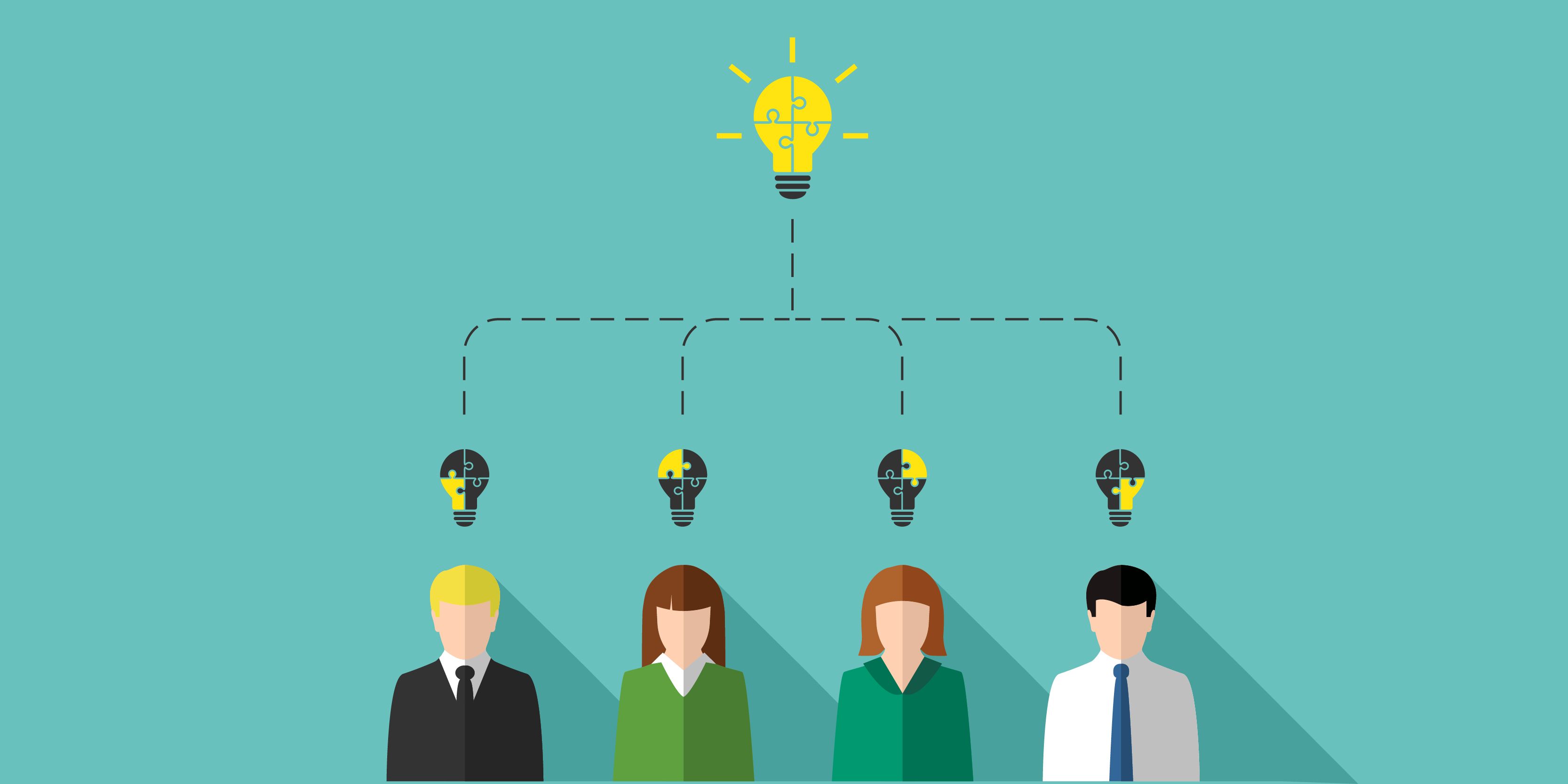Brainstorming - are you doing it right?
A brainstorming session is a good one when participants put forth unique methods or ideas without any fear of being judged by employers and colleagues. The purpose of a brainstorming session is to achieve a creative solution to a problem, and this is shaped up by the contribution of ideas from everyone in the group. There is always a greater volume of ideas and arguments and discussions happen around each of them to ensure that the session is structured and a well-rounded one.
It is important to let the members of the session know that they are the key to a lock and that each idea is invaluable and instrumental, to help them contribute better to the solutions and strategies. Here’s how you can make the most out of a brainstorming session:

Image : shutterstock
Create a friendly atmosphere with a fixed agenda
It is essential that a relaxed and friendly atmosphere is maintained for a productive brainstorming session. Indulge in small talk and general mock discussions to warm up. Bring up creative and unique solutions. For instance, you could imagine that you have been transported to an older era and think of how you could solve your current problem under these circumstances. Sometimes, even difficult problems may have the most basic solutions.
The most important part of having a great atmosphere is to clearly set the agenda. When you have been chosen as the facilitator, ensure that the conversation is constantly guided in the right direction instead of veering off into unnecessary tangents. Great facilitation skills include being aware of other’s points, being sharp and making sure people do not interrupt each other’s ideas.
Choose an appropriate location
A comfortable and quiet room is ideal for the perfect brainstorming session. Try to avoid all distractions like traffic noise and sounds from other rooms in the office. It would also be a huge plus if there is a continuous supply of snacks and beverages! The seating arrangement must be comfortable. Also have adequate writing materials, including a whiteboard and notebooks so that the main points of the discussion can be captured easily.
Encourage free thinking
Empathising or role playing is an effective means of finding solutions. For example, it may be easier to come up with a solution if you thought, “What would my competitor be thinking if he were me?” You could even think like a great leader or a person of influence and speculate what their stance would be in the event of this brainstorming session. Word association is another great way to keep thoughts flowing. Figure out what people would associate to a particular word that relates to the solution or adds to the discussion.
Evaluate fairly
Evaluate your strengths and weaknesses before jumping into a session. Sarcasm should be curbed at such discussions and meandering should be resisted. During brainstorming sessions, it may be helpful to first assume and then challenge. For example, you want to buy a good phone. Once a suggestion is made, challenge it. Find out what makes it good, what are the pros, what makes it stand out and why is it better than another model. Listing down the pros and cons and then debating it is the best way to have a structured session.
Remember, the purpose of brainstorming is to generate ideas. A problem needs to be addressed, creativity needs to flow and it has to be a team effort!
(Disclaimer: The views and opinions expressed in this article are those of the author and do not necessarily reflect the views of YourStory.)






